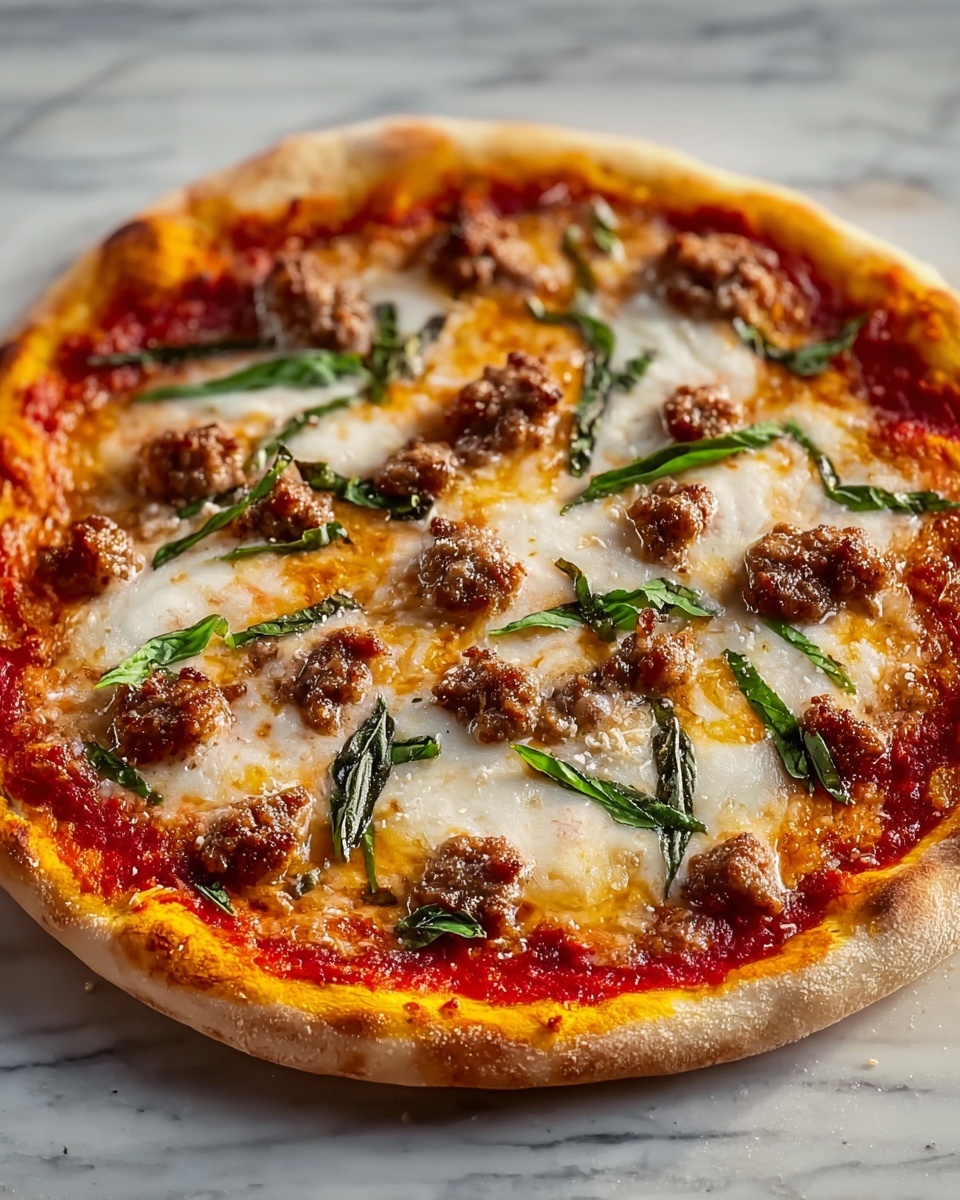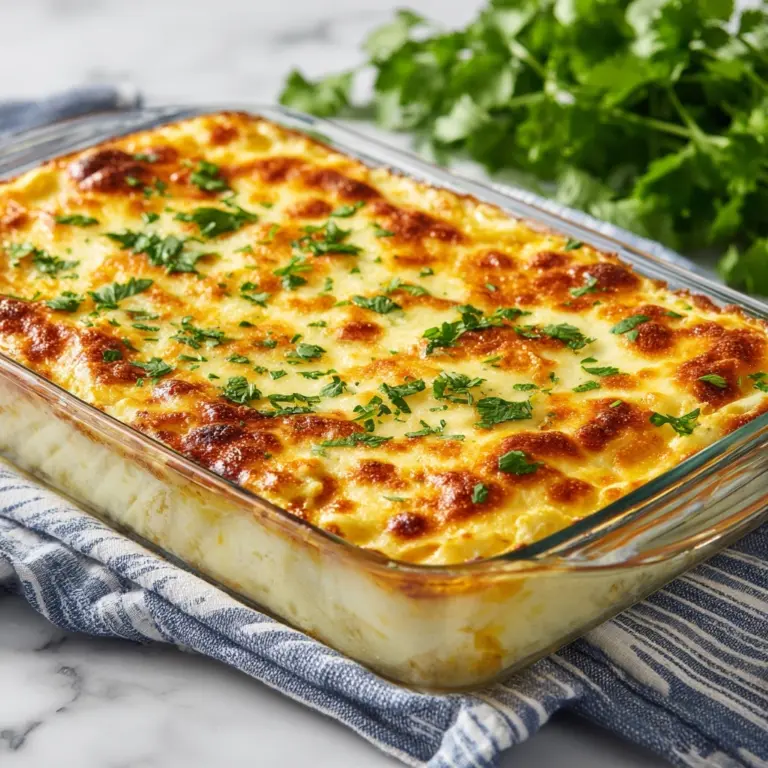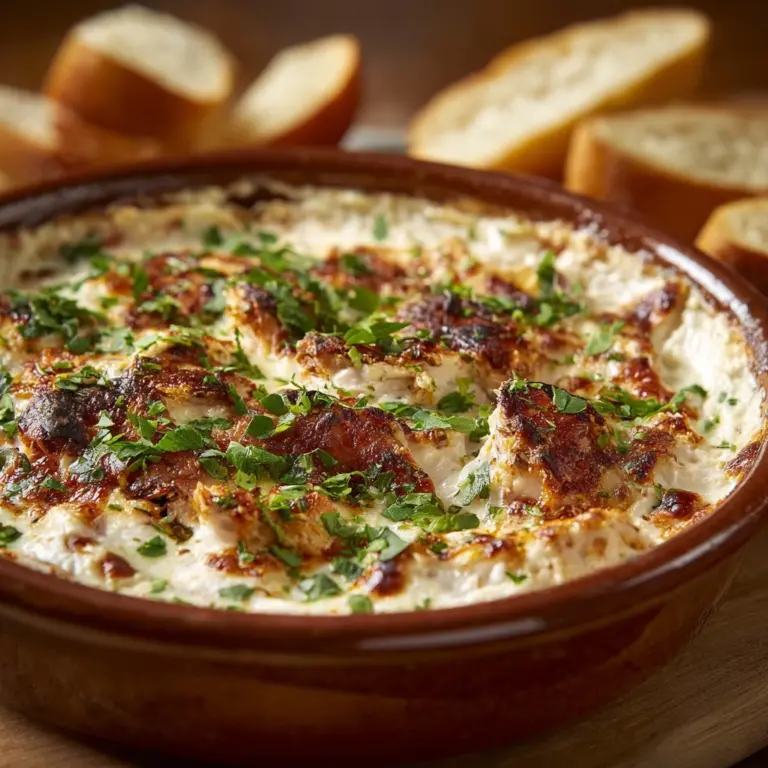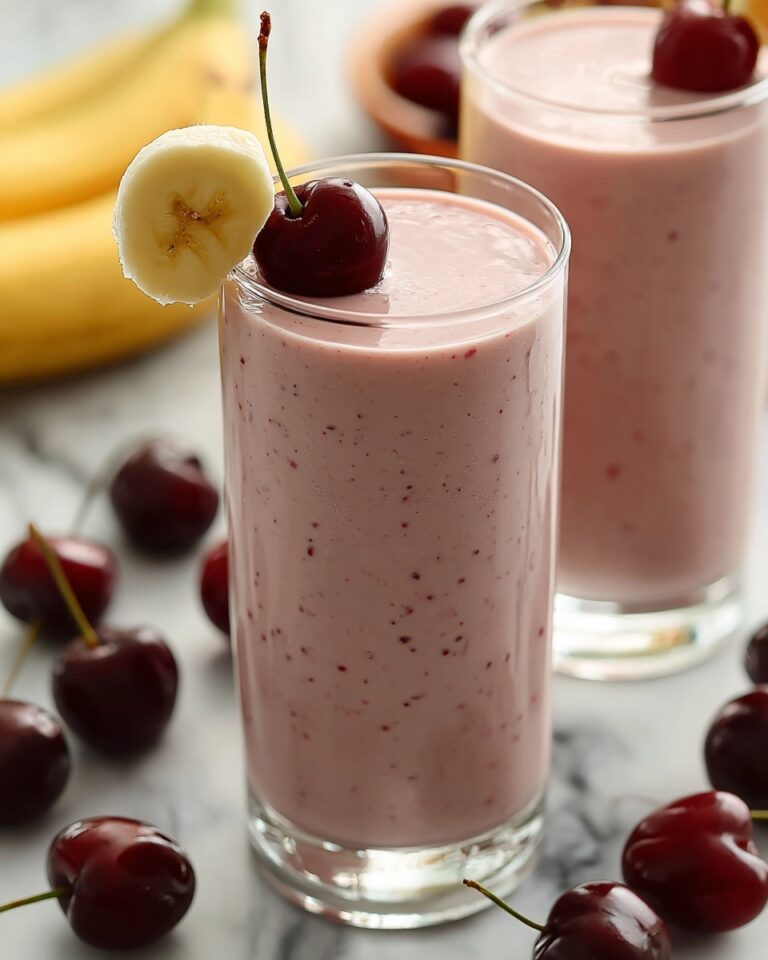If you’ve ever longed to recreate that nostalgic lunchtime favorite, look no further—The School Pizza Recipe brings back the warm, comforting memories of cafeteria lunches with a soft crust, gooey cheese, and those iconic square slices. This recipe perfectly balances simplicity and flavor, delivering a homemade pizza experience that tastes just like the classic school favorite, right from your own kitchen.
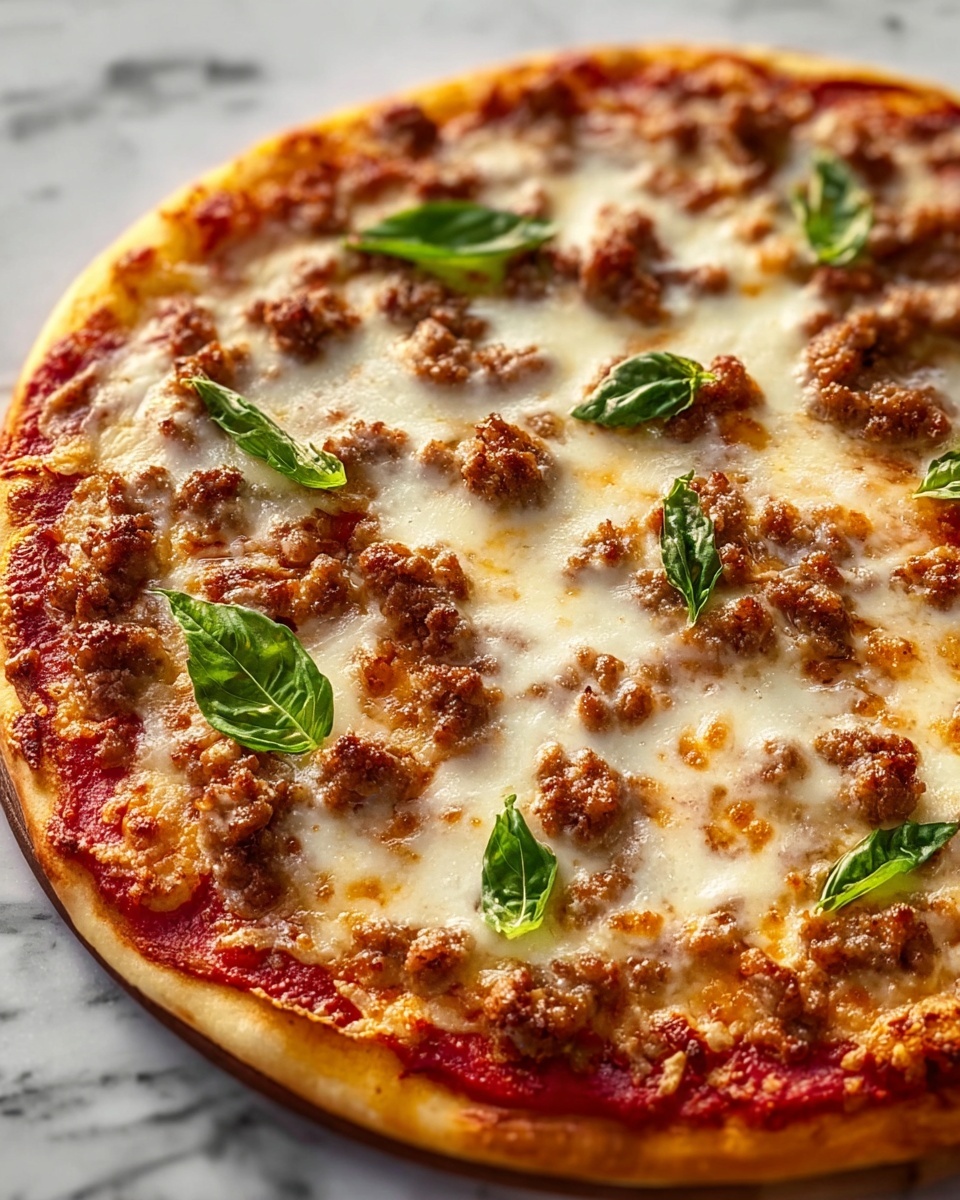
Ingredients You’ll Need
The secret to nailing The School Pizza Recipe is using straightforward, staple ingredients that each play a vital role in delivering authentic texture and flavor. From the yeast that gives the crust its perfect rise to the blend of cheeses that melt beautifully, every ingredient is essential.
- Active dry yeast (1 packet / 2 ¼ teaspoons): This helps the dough rise into that soft, pillowy crust you remember so well.
- Granulated sugar (1 teaspoon): A pinch to feed the yeast and add just the right touch of sweetness.
- Warm water (1 cup, about 110°F): Activates the yeast and helps form the dough.
- All-purpose flour (2 ½ cups): The backbone of the dough, creating just the right chewiness and structure.
- Salt (1 teaspoon): Balances the flavors and enhances the dough’s taste.
- Vegetable oil (2 tablespoons): Keeps the dough tender while adding a subtle richness.
- Pizza sauce (1 cup): A tomatoey base that brings a tangy brightness to every bite.
- Shredded mozzarella cheese (2 cups): Melts into a creamy, stringy layer that’s absolutely irresistible.
- Shredded cheddar cheese (½ cup): Adds a sharp contrast and that slightly golden color on top.
- Italian seasoning (½ teaspoon): Sprinkled over cheese to bring that classic pizza aroma.
- Optional toppings: Pepperoni, cooked sausage, green peppers, mushrooms—the choice is yours to customize your school pizza.
How to Make The School Pizza Recipe
Step 1: Activate the Yeast
Start by combining the active dry yeast, granulated sugar, and warm water in a large bowl. This little mixture is what breathes life into our dough—wait about 5 to 10 minutes until it’s foamy and bubbling, signaling those tiny yeast creatures are hard at work.
Step 2: Make the Dough
Once your yeast mixture is ready, stir in the flour, salt, and vegetable oil until a rough dough begins to form. Then, turn it out onto a floured surface and knead it for 5 to 7 minutes until the dough becomes smooth and elastic, just like the classic school pizza crust you’re aiming for.
Step 3: Let the Dough Rise
Grease a bowl and place your dough inside, covering it with a clean kitchen towel or plastic wrap. Find a warm spot and let it rise for about an hour—until the dough doubles in size. This step is what gives the crust its soft, airy texture that makes The School Pizza Recipe so beloved.
Step 4: Shape and Top the Pizza
Preheat your oven to 450°F (230°C) and grease a large rectangular baking sheet or pizza pan. Punch down the dough gently, then press it evenly across the pan, making sure it reaches the edges to create that signature school pizza shape. Spread the pizza sauce evenly on top, sprinkle generously with mozzarella and cheddar cheeses, then dust with Italian seasoning. Don’t forget to add any optional toppings you love!
Step 5: Bake to Perfection
Place your pizza in the oven and bake for 15 to 18 minutes. Watch for the crust to turn golden brown and the cheeses to bubble up with just a touch of browning—that’s the moment The School Pizza Recipe truly comes to life. Let it cool slightly before slicing into those nostalgic square pieces.
How to Serve The School Pizza Recipe
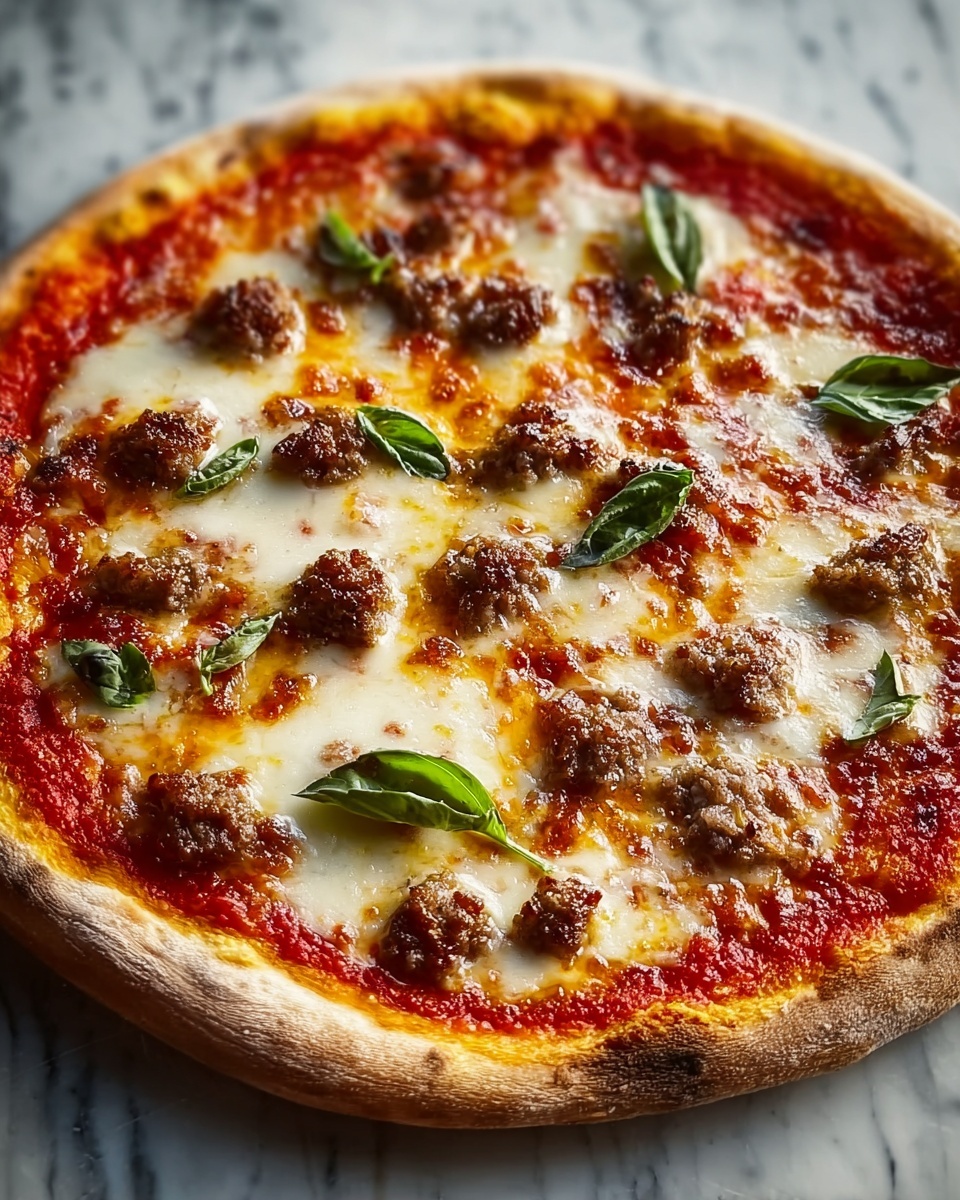
Garnishes
Keep it simple and true to the original vibe—fresh basil leaves or a light sprinkle of grated Parmesan can brighten the flavors without overpowering the classic cheese blend. A dash of crushed red pepper flakes adds a subtle kick if you want a touch of heat.
Side Dishes
This pizza pairs wonderfully with crisp, fresh sides like a green salad dressed lightly with vinaigrette or a small serving of carrot sticks and celery. For something heartier, garlic bread sticks or oven-roasted vegetables complement the meal and add nutritious balance.
Creative Ways to Present
If you’re serving a crowd, cut the pizza into smaller squares and arrange them on a platter to resemble the cafeteria trays we all remember. Alternatively, serve alongside small bowls of dipping sauces like ranch or marinara to keep things fun and interactive for family and friends.
Make Ahead and Storage
Storing Leftovers
Wrap leftover pizza slices tightly in plastic wrap or place them in an airtight container to keep the crust from drying out. Stored in the fridge, they’ll stay fresh for 3 to 4 days, perfect for quick lunches or snacks with that authentic school pizza vibe.
Freezing
You can freeze leftover pizza slices by wrapping each piece individually in foil and placing them in a freezer bag. This way, The School Pizza Recipe remains delicious up to 2 months later, allowing you to enjoy it anytime nostalgia strikes.
Reheating
For the best texture, reheat your stored or frozen pizza slices in a preheated oven at 375°F until warmed through—it keeps the crust crispy and melty. Avoid the microwave if possible, as it can make the crust soggy and dull the cheese’s lusciousness.
FAQs
Can I use instant yeast instead of active dry yeast?
Yes, instant yeast can be used and it actually reduces rise time. Just mix it directly with the flour without proofing in water first, but keep an eye on the dough as it may rise faster than expected.
What if I don’t have Italian seasoning?
No worries! You can mix dried oregano, basil, and a pinch of garlic powder to replicate Italian seasoning. Fresh herbs work too if you have them on hand.
Can this dough be made gluten-free?
For a gluten-free version, substitute all-purpose flour with a gluten-free blend designed for baking and follow the package instructions regarding yeast and liquid adjustments since gluten-free dough behaves differently.
Is The School Pizza Recipe vegetarian?
Absolutely! Without adding meat toppings, it’s vegetarian-friendly. Just be sure to use cheese made without animal rennet if you require strict vegetarian standards.
What’s the best way to get a soft crust like school pizza?
The key is in the dough’s rise and baking method—proofing the dough until doubled and baking it on a sheet pan rather than a pizza stone helps keep the crust soft rather than crispy, exactly like the beloved cafeteria style.
Final Thoughts
There’s something truly magical about The School Pizza Recipe that brings back those carefree school days and the simple joy of a slice fresh from the cafeteria tray. I encourage you to give this recipe a try—not only will you enjoy a delicious pizza, but you’ll also create heartwarming moments and memories in your own kitchen with every bite.

